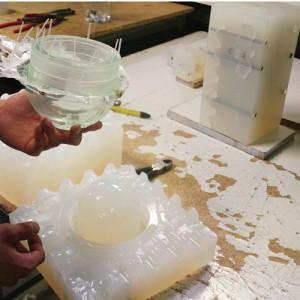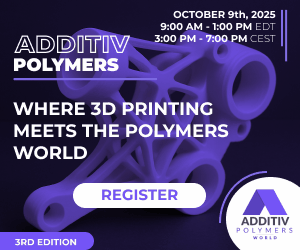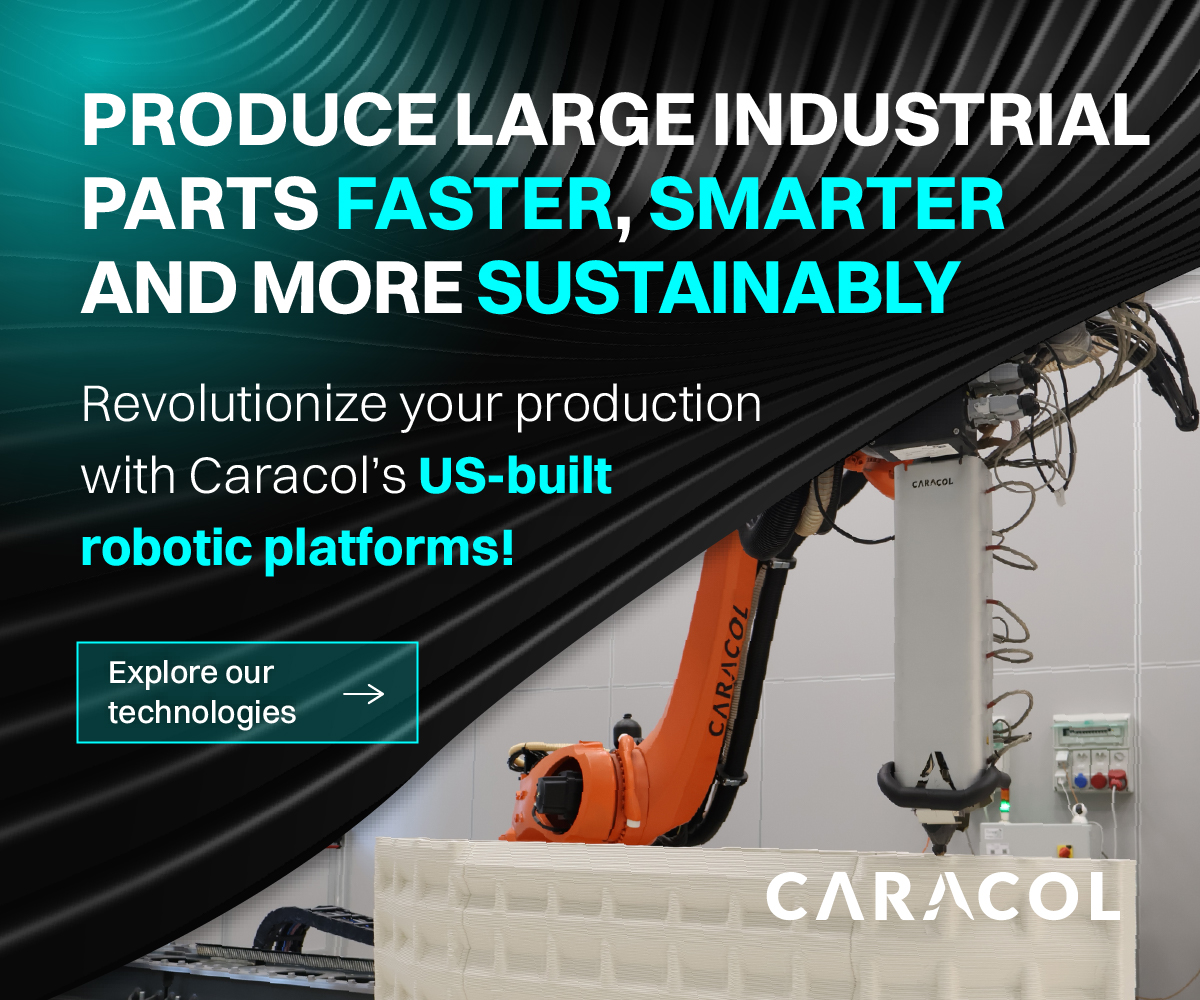Cave diving is, per attempt, the single most dangerous sport on Earth. The men and women who take it on are regularly faced with cave-ins, blackouts, and panic-inducing conditions. These divers, experts in the field, take trips down into what they call “blue holes.” From the surface, trips may begin at a small pond, but as the divers head down, the ponds can open into a series of maze-like tentacles which reach out in all directions.
And if you think that sounds relatively tame, consider this; during an average year, 20 divers never come back from the trip down.
Corey Jaskolski has been working on a project which aims to give those daring explorers an additional tool they can use in their pursuit of their passion.
Jaskolski is the President of Hydro Technologies, and he also serves as a National Geographic Innovation Fellow. His latest project is the development of a remotely operated vehicle to help explore underwater caves. He and his team have leaned heavily on 3D printing technology to make it happen.
Working with engineering students from Colorado State University and additive manufacturing experts from Solid Concepts, the group built an Underwater Remotely Operated Vehicle (UROV). The NEMO (Nautical Exploratory Modular Observer) was manufactured using Fused Deposition Modeling and Selective Laser Sintering.
Previous versions of UROVs needed to be powered from the surface and required 400-foot-long cables, each a half an inch in diameter and made of heavy, solid steel to reach down into the blue depths. The NEMO carries its power supply on board, and though still tethered, needs only a thin, fiber-optic cable of less than 4 lbs in total weight to connect to the surface.
“There are great archeological teams unable to afford current UROVs,” Jaskolski says. “They can barely afford to travel out to these places for exploration. If we can make UROVs readily available, cheap, portable and easily replicable – and get them in the hands of the right people – then we will be able to make amazing discoveries in our lifetime.”
Jaskolski and his team knew they’d have to find a better way to build their dream UROV, so they turned to Solid Concepts.
“If everything had to be made by machining or molding without freedom to design one-off or two-offs, this would not have been possible,” he says. “It would have turned into months of machining and hundreds of thousands of dollars.”
Using 3D printing technology, the NEMO took just a few weeks to design, 3D print and ready for testing.
The clear nose cones were made with SLA-printed “master patterns” from which a silicone mold was made to cast them from urethane. The process meant each thread on the cones could be cast directly, and that eliminated costly and time-consuming machining processes.
 Michael Hake was the lead engineer on the NEMO team at CSU, and he says the process resulted in an easy-to-assemble package which allows all servos and thrusters to connect directly to the NEMO’s outer shell. That meant fewer total parts and manual assembly steps are involved.
Michael Hake was the lead engineer on the NEMO team at CSU, and he says the process resulted in an easy-to-assemble package which allows all servos and thrusters to connect directly to the NEMO’s outer shell. That meant fewer total parts and manual assembly steps are involved.
“You can easily remove the shell without losing parts and reassemble when you reach your destination,” Hake says.
And the NEMO is more than a pretty face. It’s built to comfortably withstand depths of more than 60 meters. That means it can head down further than most master SCUBA divers as they’re generally able to dive to 40 meters before discomfort drives them back up.
Hake says analytic testing has indicated that the NEMO might well function down to 190 meters. He adds that the team designed NEMO to be small enough that a pair of hikers can carry it to a given location, and that it could operate for more than 90 minutes without interruption.
Additive manufacturing technologies are paving the way to incredible advances in everything from medicine to aerospace to vehicle design. This underwater exploration sub may well save the lives of master divers bent on exploring the most dangerous “blue holes.” What do you think? Please let us know of any other ways 3D printing and AM are solving problems in various industries here in the Additive Manufacturers Build NEMO Vehicle forum thread on 3DPB.com
Subscribe to Our Email Newsletter
Stay up-to-date on all the latest news from the 3D printing industry and receive information and offers from third party vendors.
Print Services
Upload your 3D Models and get them printed quickly and efficiently.
You May Also Like
Conflux Partnering with Airbus for ZEROe Heat Exchangers
Conflux Technology has collaborated with Airbus on its ZEROe project, which is Airbus’ attempt to build a hydrogen-powered commercial aircraft. Apart from being the best thing ever to happen to...
3D Printing News Briefs, October 1, 2025: Bambu Lab Store, Shape-Morphing Materials, & More
In today’s 3D Printing News Briefs, Bambu Lab has opened its first retail store, and Meltio is inaugurating its first international additive manufacturing reference site. A consortium has launched a...
3D Printing News Briefs, September 27, 2025: Large-Format Pellet Printing, Recycled Polymers, & More
In this weekend’s 3D Printing News Briefs, we’re starting with metal coatings for polymer micro 3D printed parts. MELD is releasing its next generation of machines, Modix announced serial production...
Dyndrite and Phasio Partner to Create Fully Digital Workflow for HP 3D Printers
Additive manufacturing (AM) companies are deeply aware that they need to lower the barrier-to-entry for their products in order to set themselves up for sustainable growth. The most straightforward —...




































